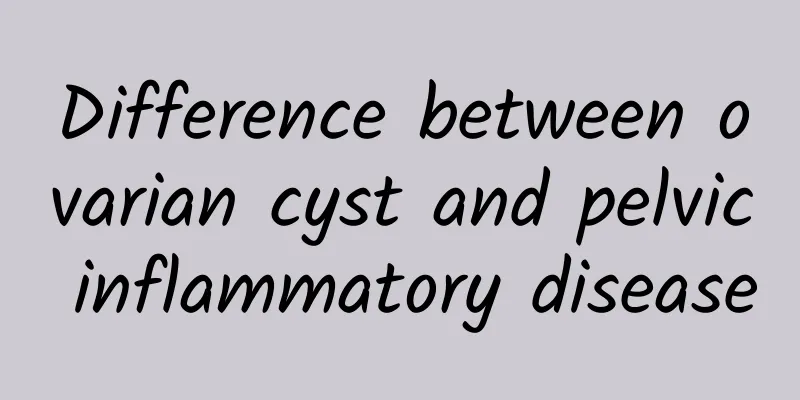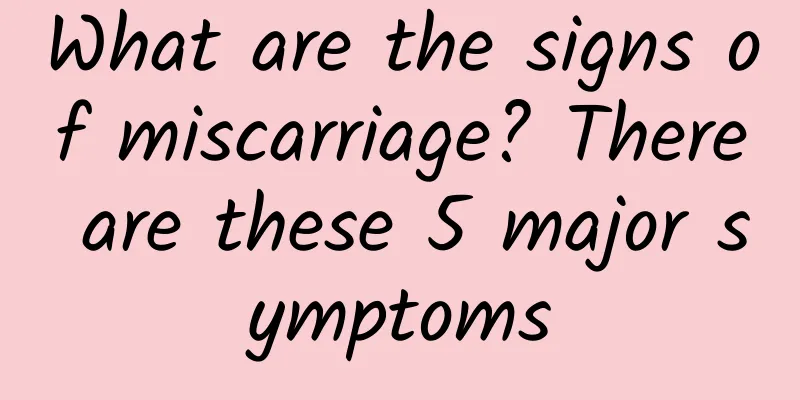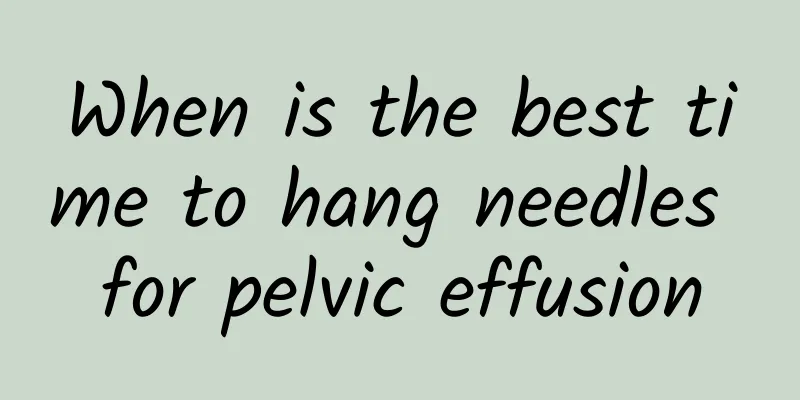Difference between ovarian cyst and pelvic inflammatory disease

|
The difference between ovarian cysts and pelvic inflammatory disease can be identified through clinical symptoms, bimanual gynecological examination, laboratory tests, B-ultrasound examination, and the effect of drug treatment. 1. Clinical symptoms: If the ovarian cyst is relatively small, most people will have no symptoms and will only be discovered during a routine physical examination; if it is relatively large, with a diameter of more than five centimeters, there may be swelling and pain on one side of the lower abdomen. If the ovarian cyst ruptures or twists, there will be severe pain on one side of the lower abdomen, and the patient will often go into shock. The main clinical manifestations of pelvic inflammatory disease are swelling and pain in the lower abdomen, backache, and anal swelling. Some people may even have symptoms such as fever. 2. Gynecological bimanual examination: Touch the pelvic structure, press the uterus and adnexal area. Ovarian cysts can usually be felt as a mass, and pelvic inflammatory disease usually manifests as pelvic tenderness. 3. Laboratory examination: Ovarian cysts may show elevated carcinoembryonic antigen, and pelvic inflammatory disease generally shows elevated white blood cell count. 4. Ultrasound examination: Ovarian cysts are enlarged ovaries with fluid and no echoes, and the edges of the mass are neat and clear. Pelvic inflammatory disease B-ultrasound examination will reveal pelvic inflammatory masses, which are adhered to the surrounding tissues, with unclear boundaries, a large amount of pelvic fluid or pus, and no echo areas in the pelvis. 5. Effect of drug treatment: Pelvic inflammatory disease can be treated with a large amount of antibiotics under the guidance of a doctor, such as cefixime, metronidazole, ornidazole, levofloxacin, etc. After treatment, clinical symptoms will be alleviated or disappear, and the pelvic mass will also be reduced or disappear on B-ultrasound examination. Ovarian cysts will not shrink with antibiotic treatment. Ovarian cysts are relatively small and generally do not require treatment. If the diameter exceeds five centimeters, surgical treatment is feasible. Ovarian cysts are large and can be treated surgically, while pelvic inflammatory disease is mainly treated with medication. Both pelvic inflammatory disease and ovarian cysts require prompt medical treatment to avoid worsening of the condition. |
<<: What are the symptoms of endometrial polyps?
>>: Painless abortion 13 days later, brown blood suddenly appeared
Recommend
Can women with premature ovarian failure eat peaches?
Patients with premature ovarian failure can eat p...
Can cervical erosion be inherited?
Cervical erosion is not a genetic disease, but is...
Diet therapy for irregular menstruation
Nowadays, many people who suffer from diseases th...
What should not be eaten for uterine fibroids? Five kinds of vegetables should not be eaten for uterine fibroids
What can't you eat if you have uterine fibroi...
Can cervical erosion be cured by taking Chinese medicine?
Taking Chinese medicine can assist in the treatme...
New favorite for weight loss! Eating hummus can lower blood sugar and reduce weight
Have you heard of hummus? This food, which is com...
There are many dangers for women suffering from adnexitis
How much do women know about adnexitis? Although ...
What are the conditions for medical abortion and what are the effects on the body after medical abortion?
There are many conditions for medical abortion. F...
What are the symptoms of pelvic inflammatory disease?
What are the symptoms of pelvic inflammatory dise...
Identify and understand some precautions for ovarian cysts
Clearly identifying and understanding some precau...
What are the common preparations before abortion?
What are the preparations before abortion? What s...
How to treat primary amenorrhea
Amenorrhea is something that all women will encou...
What medicine is effective for pelvic inflammatory disease?
Pelvic inflammatory disease is generally effectiv...
What symptoms will women experience after suffering from uterine fibroids
Uterine fibroids are also called uterine leiomyom...
Clinical manifestations of pelvic inflammatory disease
Pelvic inflammatory disease is often the spread o...









